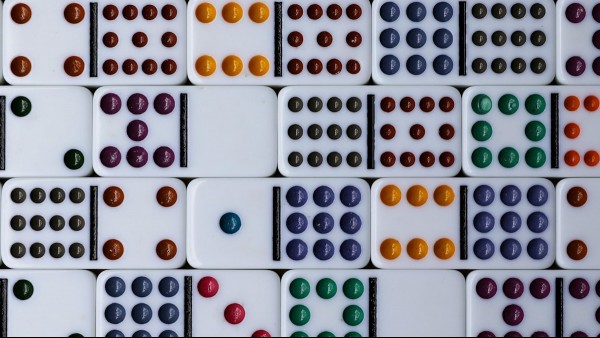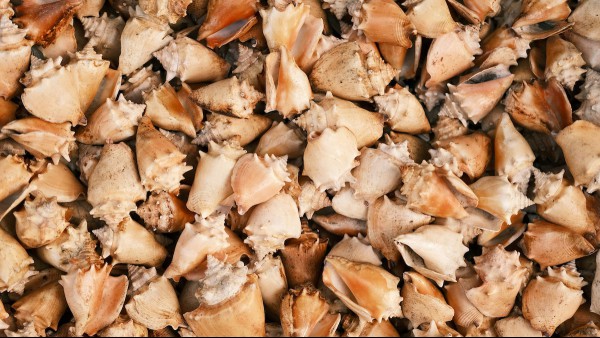How To Count To 100 In Spanish
Learning to count in another language may not necessarily sound like a fun time. It combines the frustrations of learning a language with math (unless you like math, in which case this will be great!). Numbers are one of the most important things you can know in a language, whether you’re asking for a table for four or for two café con leches.
Fortunately, numbers in Spanish aren’t that hard. Some would even say it’s as easy as uno, dos, tres. You’re groaning, and we can tell. Here’s everything you need to know, and once you’ve mastered all that, there’s lots more basic Spanish vocabulary to master.

Spanish Numbers From Zero To Twenty
You’ll need to memorize the words for each individual Spanish number ranging from 0 to 20, and that’s for a couple of reasons: one, because counting higher than 20 will require you to use the words for single digits below 10, and because the words for numbers ranging from 11 to 19 don’t follow a totally predictable pattern (kind of like “eleven” and “twelve” in the English language).
zero — cero
one — uno
two — dos
three — tres
four — cuatro
five — cinco
six — seis
seven — siete
eight — ocho
nine — nueve
ten — diez
eleven — once
twelve — doce
thirteen — trece
fourteen — catorce
fifteen — quince
sixteen — dieciséis
seventeen — diecisiete
eighteen — dieciocho
nineteen — diecinueve
twenty — veinte
View this post on Instagram
The Rest Of The Tens in Spanish
You’ll also need to remember the words for “thirty,” “forty,” “fifty,” and so on.
thirty — treinta
forty — cuarenta
fifty — cincuenta
sixty — sesenta
seventy — setenta
eighty — ochenta
ninety — noventa
one hundred — cien
Numbers In Spanish: Putting It All Together
Once you get to 20, the rest is pretty boilerplate and intuitive. When counting in Spanish from 21 to 29, the veinte becomes veinti, and the word for the individual digit gets tacked on to form a single compound word. So “twenty-one” becomes veintiuno, “twenty-six” becomes veintiséis (now with an accent over the “e”), and so on. Veintidós and veintitrés also get accents. By the way, the “v” is pronounced like a soft “b” here. Listen to the audio clips to get a feel for the pronunciation.
After 30, Spanish numbers become even more straightforward. The formula for “fifty-two” is basically “fifty and two.” Thus, “thirty-four” is treinta y cuatro; “eighty-nine” is ochenta y nueve. Hopefully you won’t ever need to use these when you’re making a reservation for a birthday dinner (Jesus be a place that takes separate checks), but whether you will or you won’t, Babbel’s got you covered.
RECOMMENDED NEWS

5 Tips To Build The Perfect Resume
Want to know how to build the perfect resume? First, remember: a resume doesn’t land you a job strai...

How To Talk About Clothes In Spanish
If you’re like most people, you come into contact with clothes every day. It only makes sense, then,...

What Are Cardinal And Ordinal Numbers?
Numbers are fundamental to human communication, serving as a bridge between abstract concepts and ta...

What Are The Rules Of Pluralization?
In the vast landscape of language learning, few aspects are as ubiquitous and intriguing as pluraliz...

7 Things You Didn’t Know About The United States’ Official Language
An official language refers to the language (or multiple languages) that a country’s government uses...

Exploring the Key Components of Effective Primary and Secondary Education
Introduction to Primary and Secondary Education As an educator with years of experience in both pri...
Comments on "How To Count To 100 In Spanish" :